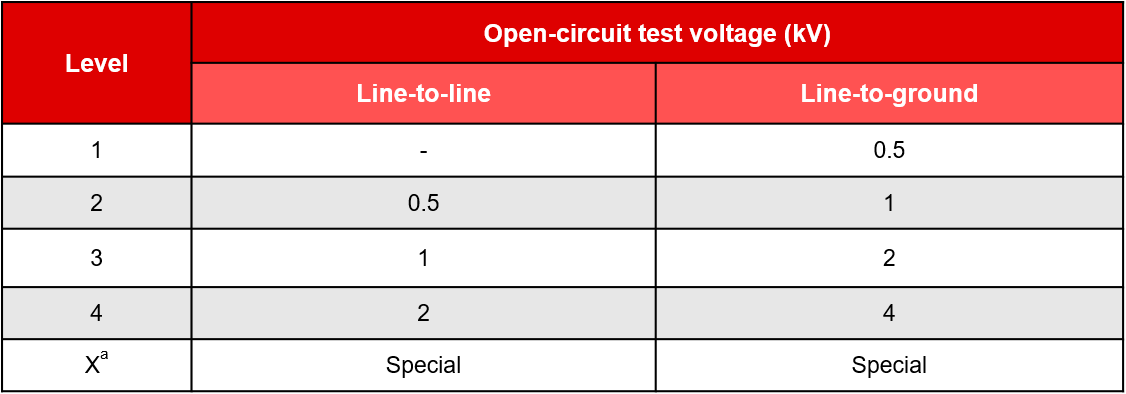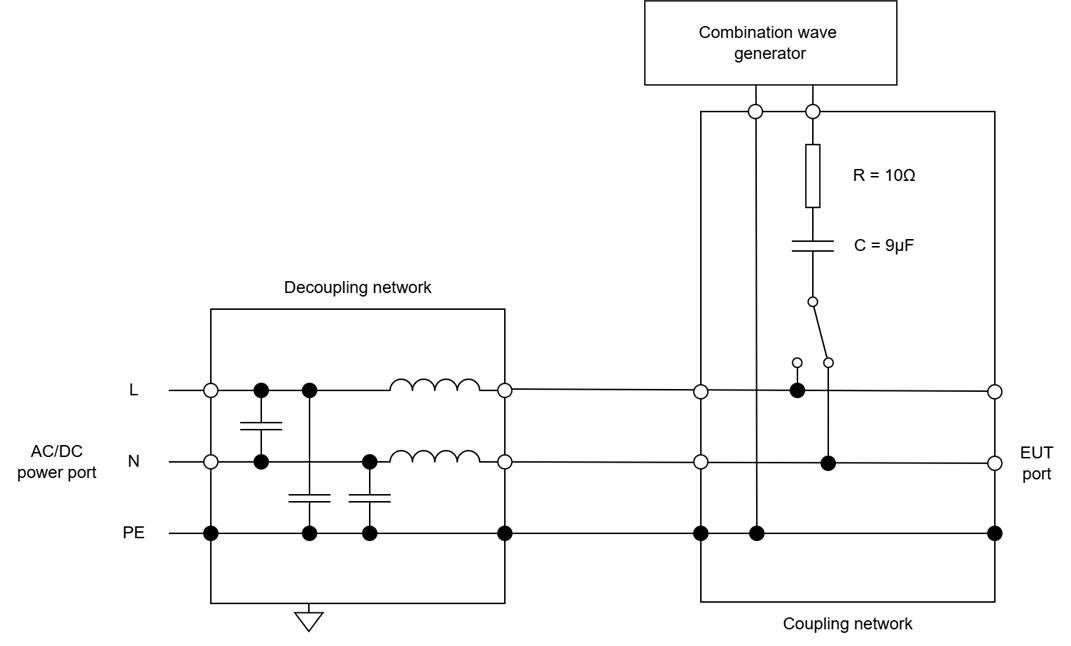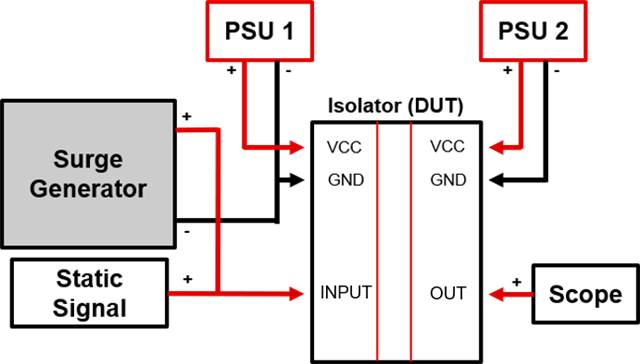What is Surge Immunity per IEC 61000-4-5? How does it affect the communication bus of the isolators? How is it tested?
-
Ask a related question
What is a related question?A related question is a question created from another question. When the related question is created, it will be automatically linked to the original question.








